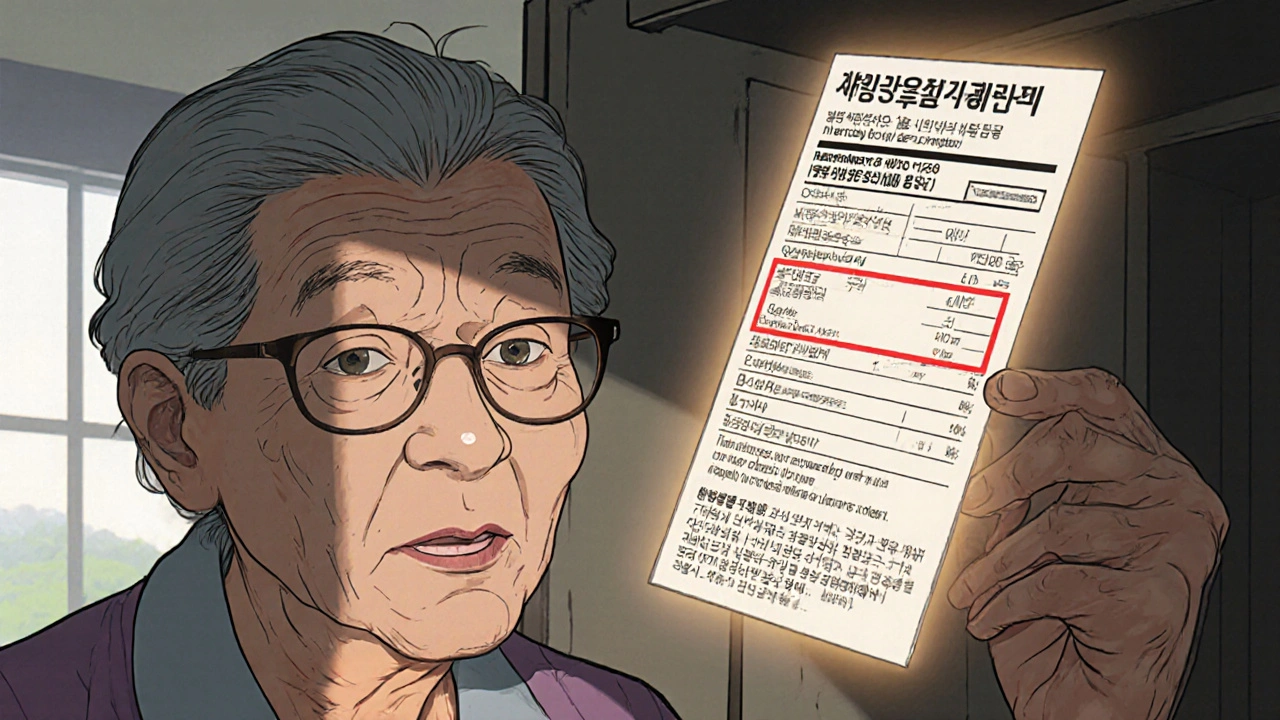When you pick up a prescription, the label tells you when and how to take your medicine. But for people who are blind or have low vision, that small piece of paper can be impossible to read. That’s where ScripTalk labels, audio-enabled prescription labels that read medication instructions aloud when scanned with a handheld device. Also known as talking labels, they’re a simple tool that turns pharmacy safety from a guesswork into a clear, spoken instruction. These aren’t just convenience features—they’re life-saving. One wrong pill, one missed dose, one misunderstood warning can lead to hospitalization. ScripTalk labels fix that by putting the exact same information from the pharmacist’s mouth directly into the patient’s ear, no reading required.
ScripTalk labels work with a small handheld scanner, usually kept in a purse or on a keychain. You tap it against the label on your medicine bottle, and it plays back a recorded message: the drug name, dosage, timing, warnings, and even the reason you’re taking it. No internet. No app. No smartphone needed. It’s built for real life—whether you’re at home, traveling, or in a hurry. The labels are printed with standard text and a QR-like code, so sighted people can still read them too. This makes them easy for caregivers, family members, or pharmacists to handle without extra training. And because they’re attached directly to the bottle, they travel with the medicine, unlike phone apps that require setup and battery life.
They’re not magic. ScripTalk labels don’t replace pharmacists. They don’t explain complex drug interactions or tell you if your new medicine clashes with your other pills. But they do eliminate the biggest barrier: not being able to read the label. That’s why they’re used in over 2,000 pharmacies across the U.S. and Canada, often at no extra cost to the patient. Pharmacies partner with companies that produce the labels and scanners, and insurance or government programs sometimes cover the cost of the device. For many, it’s the difference between managing their own meds independently or relying on someone else to read the bottle every single time.
What you’ll find in the posts below isn’t just about ScripTalk labels themselves. It’s about the bigger picture: how medication safety touches everything—from how generics are dispensed in low-income countries, to how elderly patients manage multiple prescriptions, to how even tiny differences in dosing can cause harm. You’ll see how tools like audio labels fit into a world where people are expected to understand complex drug regimens, often without support. Whether you’re a patient, a caregiver, or just someone who cares about fair access to medicine, these stories show that safety isn’t just about the drug—it’s about how it’s delivered, understood, and used every single day.

Learn how large print and accessible prescription labels help people with low vision avoid dangerous medication errors. Discover the best options, how to request them, and which pharmacies offer free services.
View more